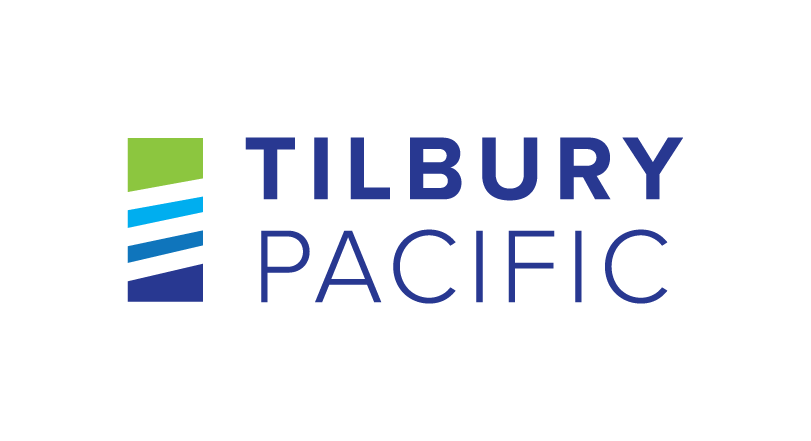FREQUENTLY ASKED QUESTIONS
Vessels calling at Tilbury Pacific will fall within the dimensions the Vancouver Fraser Port Authority has approved and will be no larger than the ships seen on the Fraser River.
Once the permanent facility is complete, up to 365 LNG vessels per year, including a maximum of 68 LNG carriers could dock at Tilbury Pacific each year. This would represent a three to five per cent increase in traffic.
In the history of LNG marine shipping, spills and leaks have been extremely rare. In the unlikely event of a leak, LNG will warm, rise and dissipate.
The Tilbury Pacific project team is completing multiple studies to assess the project site and surrounding area to develop a plan to design and operate the facility. The following technical reviews are being completed as part of the project study:
- Surface Water and Hydrology
- Marine and Terrestrial Flora and Fauna
- Noise
- Air Quality
- Heritage Resources
- Socioeconomics
- Groundwater
- Navigable Waters
- Marine Transportation Risk Study (HAZID)
- Accidents and Malfunctions (including effects of an LNG spill)
- Indigenous Interests
- Community Interests
- Other studies as identified during the project process
The proposed marine jetty would consist of:
- A temporary floating berth
- A marine jetty with berthing and mooring facilities
- An access trestle connecting to the shoreline
- An LNG line linking to FortisBC’s Tilbury LNG facility
- A vapour return line, water supply, and other utilities
We’ve been consulting with Indigenous communities and the broader community for several years and we’ve responded by changing out design to lower the projects impact on the local environment.
We’re committed to create and enhance aquatic and terrestrial habitats and remove abandoned marine infrastructure from historical and industrial use of the area.
At the start of operations, the LNG will be used for local “bunkering” – supplying ships on the water such as cruise ships, cargo ships or ferries with LNG fuel. This is an important local service as more ships convert from diesel fuel to liquefied natural gas.
Both BC Ferries and Seaspan Ferries operate LNG-powered vessels with plans to expand their fleets with new ships.
In mid-operating stages, the facility could ship LNG to regional markets.
Yes. The LNG marine shipping industry has an outstanding safety record with no major spills or incidents in more than 60 years of service.
By supplying ships that are switching to LNG the project could help reduce local GHG emissions and air pollution.
Tilbury Pacific will create initial jobs during the construction phase and long-term jobs during the operation of the facility.
It will pay municipal taxes for industrial property to the City of Delta, supporting municipal spending in the community.
The proposed project is also an opportunity to remediate the shoreline of the Fraser River to enhance ecological services and function.
To learn more about the project, email us at [email protected].
To learn more about LNG benefits for the marine industry, visit SEA LNG.

